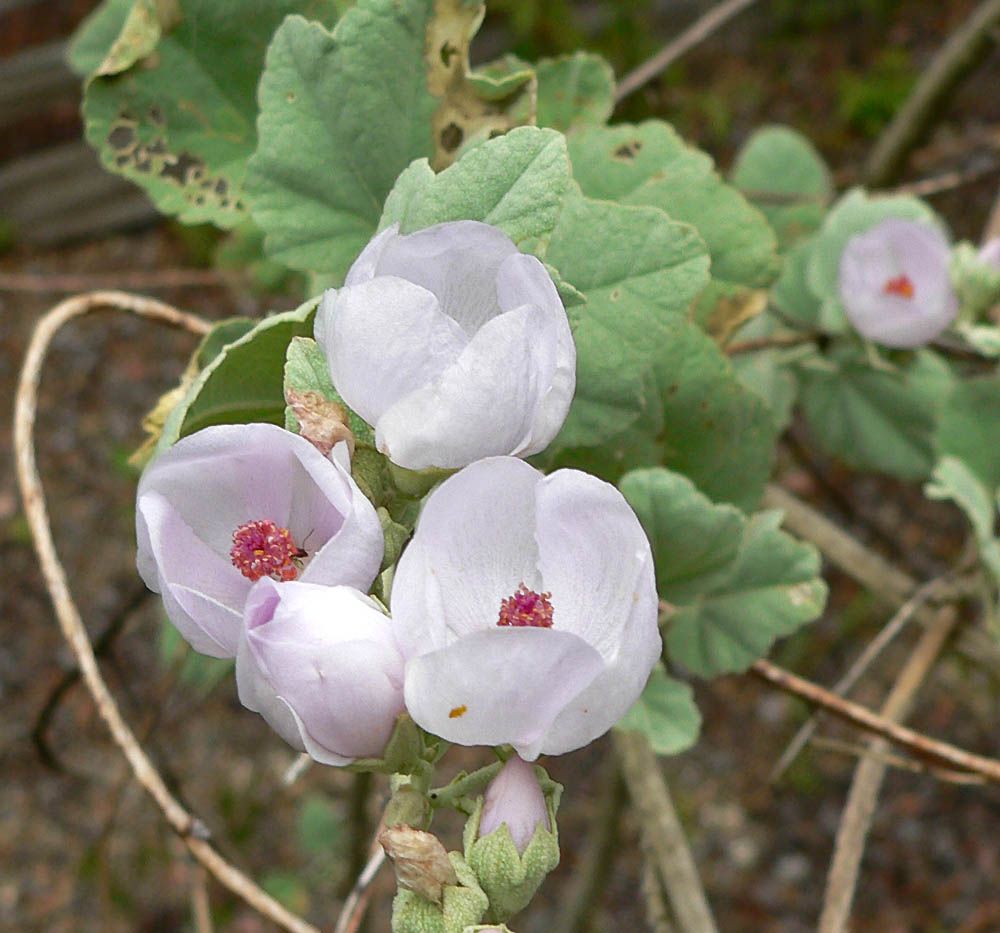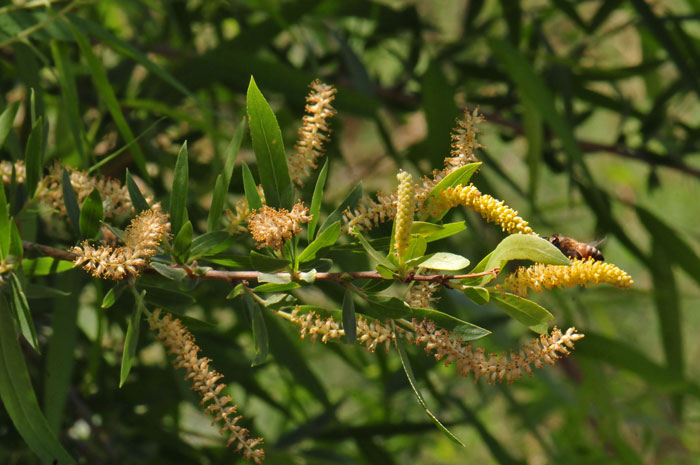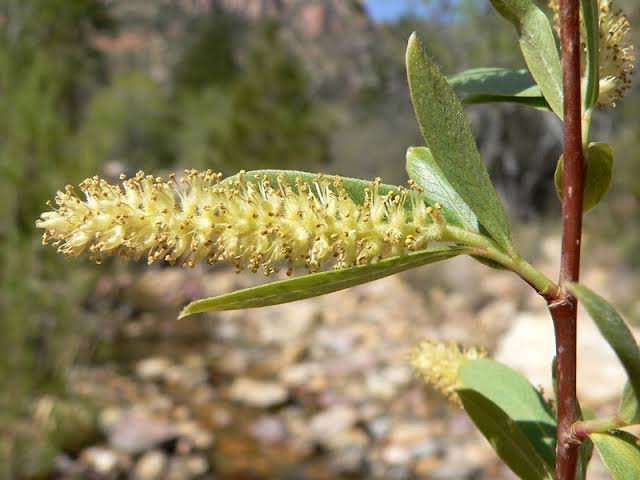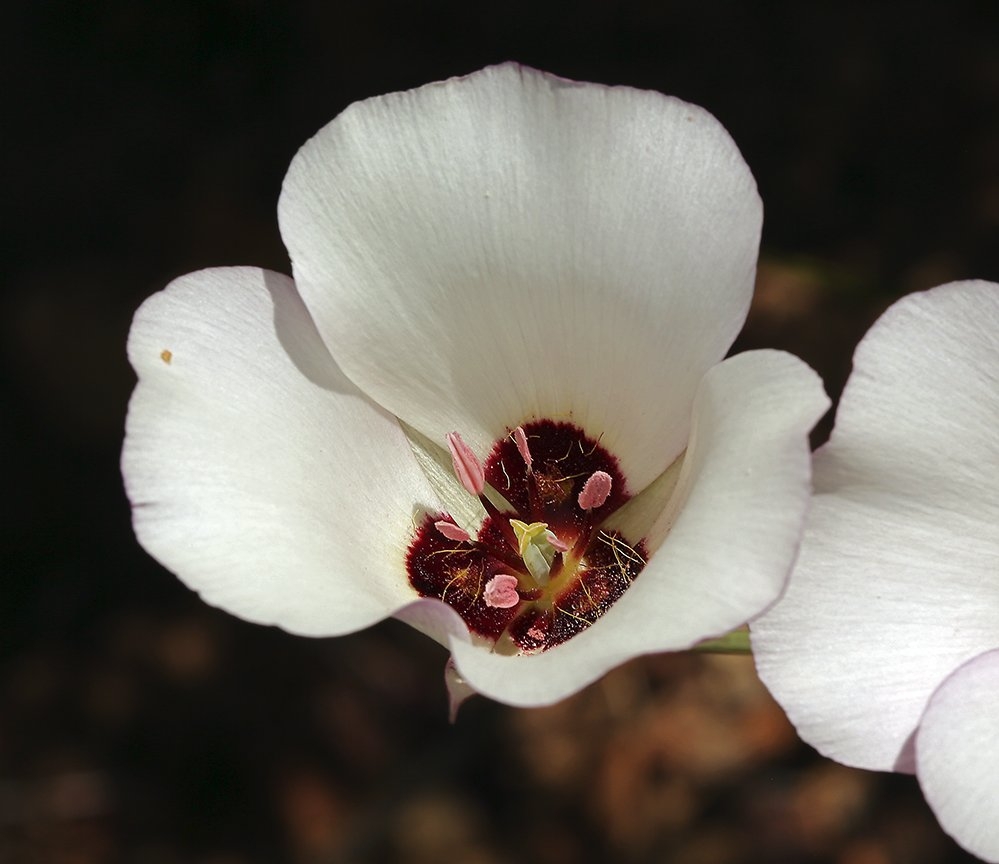
The Malvaceae, or mallow family, is characterized by the following features:
- Flowers: Typically large, showy, and with five petals. They are radially symmetrical and have a wide range of colors, including white, pink, purple, and yellow.
- Inflorescence: Flowers are commonly borne in clusters or solitary. The inflorescence can be terminal, axillary, or leaf-opposed, depending on the species.
- Sepals and Petals: The sepals are typically fused, while the petals are usually distinct.
- Stamens: Numerous stamens, often fused into a column surrounding the pistil(s).
- Pistil(s): Composed of several carpels fused together. Superior ovary.
- Fruit: Capsule or a schizocarp, which splits open when mature to release seeds.
- Leaves: Leaves are generally alternate, simple, and palmately veined. Ovate to palmate to lobed. Often have stellate hairs.
- Stem and Habit: Small herbs to shrubs and even trees.
- Mucilaginous Sap: Many species produce a mucilaginous sap, which gives them a slimy or slippery texture when crushed. This characteristic is particularly common in plants such as okra (Abelmoschus esculentus) and marshmallow (Althaea officinalis).
- Cultural Importance: Several members of the Malvaceae family are important for fiber, food, ornamental purposes, medicine, or wood. Examples include cotton (Gossypium spp.), hibiscus (Hibiscus spp.), Theobroma cacao (cacao, chocolate), Cola nitida (cola), Abelmoschus (okra) and Ochroma pymamidale (balsa).
Link to Jepson key
Link to Jepson YouTube videos


